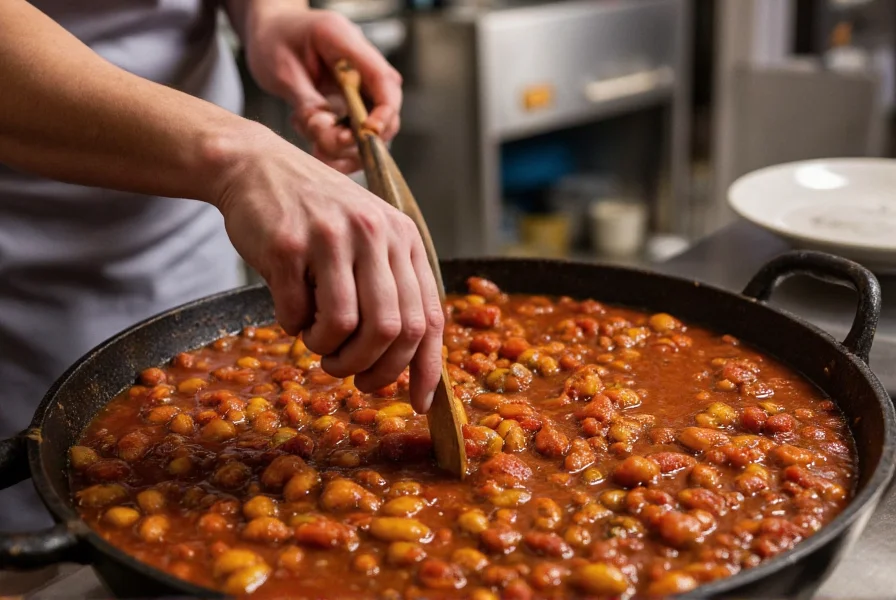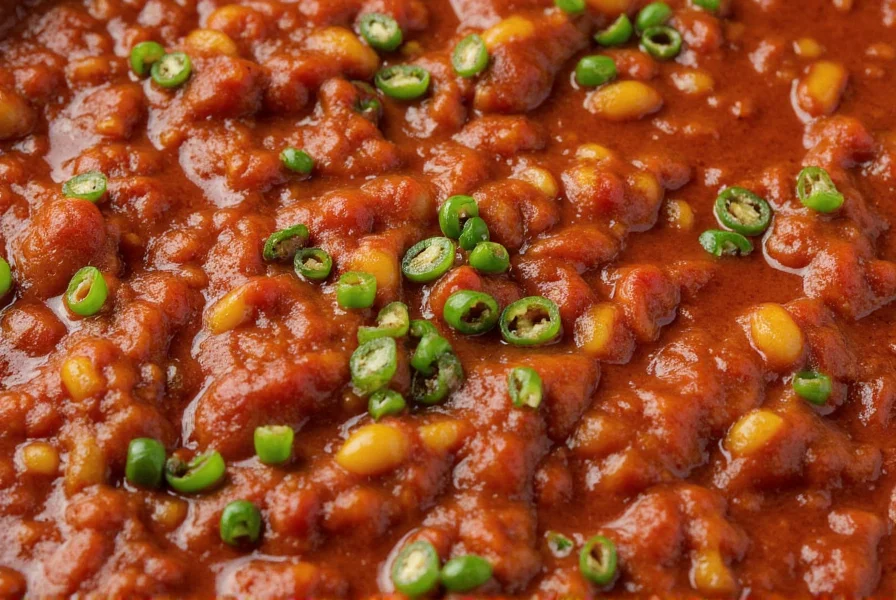When searching for the perfect place to satisfy your chili cravings, understanding what distinguishes an exceptional chili spot from ordinary eateries is essential. Many establishments claim to serve great chili, but only those with genuine expertise and dedication deliver the complex flavors and satisfying experience true chili enthusiasts seek.
Defining Characteristics of Authentic Chili Spots
A genuine chili spot goes beyond simply serving a spicy stew. These establishments demonstrate deep knowledge of chili's culinary history and regional variations. From Texas-style beef chili without beans to Cincinnati's unique take with Mediterranean spices, authentic chili spots honor traditional recipes while maintaining their own distinctive flair.
Look for restaurants where chili isn't just one option among many, but a culinary specialty. The menu should showcase multiple chili preparations, each with its own story and preparation method. Staff should be able to explain the differences between New Mexico red chili and Colorado-style chili, or discuss the proper technique for toasting and rehydrating dried chilies.
Regional Variations Worth Seeking
Understanding regional chili specialties helps identify establishments committed to authenticity. The best chili spots often specialize in specific regional styles:
| Regional Style | Key Characteristics | What to Look For |
|---|---|---|
| Texas Red | Meat-focused, no beans, rich chili powder blend | Deep red color, meaty texture, complex spice profile |
| Cincinnati Chili | Mediterranean spices, served over spaghetti | Unique cinnamon-clove flavor, proper "ways" serving style |
| New Mexico Green | Roasted green chilies, pork or beef base | Bright green color, fresh roasted pepper aroma |
| Carolina Mustard | Yellow mustard base, vinegar tang | Vibrant yellow color, balanced tangy flavor |
Evaluating Quality Beyond Spiciness
Many people mistakenly judge chili spots solely on heat level. The most knowledgeable establishments focus on flavor complexity, ingredient quality, and cooking technique. A quality chili spot balances heat with complementary flavors—smokiness from properly roasted peppers, sweetness from caramelized onions, and depth from properly simmered meats.
Watch for chili spots that source specific chili varieties rather than generic "chili powder." The best establishments might feature heirloom peppers or locally sourced ingredients. Proper chili preparation requires time—look for spots that simmer their chili for hours, not minutes, allowing flavors to develop fully.

Atmosphere and Authenticity Indicators
The ambiance of a chili spot often reflects its culinary commitment. While not essential, many authentic establishments incorporate design elements that honor chili's cultural heritage. This might include traditional Mexican pottery, New Mexico-style decor, or displays explaining regional chili varieties.
Pay attention to the menu presentation. Quality chili spots often provide detailed descriptions of their chili preparations, including cooking methods, ingredient sources, and regional influences. Menus that simply list "chili" without further explanation typically indicate a less specialized establishment.
Common Misconceptions About Quality Chili Spots
Several myths persist about what makes a great chili spot. First, extreme heat doesn't equal quality—many authentic regional styles prioritize flavor over fire. Second, chili spots don't need to be fancy; some of the best operate from food trucks or modest storefronts. Third, chili spots aren't limited to Mexican cuisine—regional American styles like Cincinnati or Texas chili represent distinct culinary traditions.
When evaluating potential chili spots, look beyond online ratings alone. Search for reviews that mention specific preparation methods, ingredient quality, and regional authenticity rather than just "spicy" or "good." The most reliable indicators come from descriptions of the cooking process and ingredient sourcing.
Finding the Best Local Chili Spots
To discover exceptional chili spots in your area, try these approaches:
- Ask at specialty food stores that sell quality chilies and spices
- Search for "regional style chili restaurant" plus your location
- Look for establishments where chili appears prominently on the menu
- Check if local chili cook-offs feature the restaurant
- Seek out places with chef backgrounds in regional cuisines
The most dedicated chili spots often participate in community events or host chili-making demonstrations. These establishments view themselves as culinary educators, not just restaurants serving a popular dish.
Final Considerations
Finding an exceptional chili spot requires looking beyond surface-level attributes. The most authentic establishments demonstrate genuine knowledge of chili's culinary traditions, source quality ingredients, and prepare their dishes with care and respect for regional variations. Whether you prefer mild, complex flavors or enjoy significant heat, understanding what makes a chili spot truly special helps ensure a satisfying dining experience that goes beyond mere spiciness.
When searching for the best chili spot near you, prioritize establishments that treat chili as a culinary art form rather than just another menu item. The depth of flavor, attention to tradition, and passion for the craft will shine through in every bowl, creating an experience worth seeking out.











 浙公网安备
33010002000092号
浙公网安备
33010002000092号 浙B2-20120091-4
浙B2-20120091-4